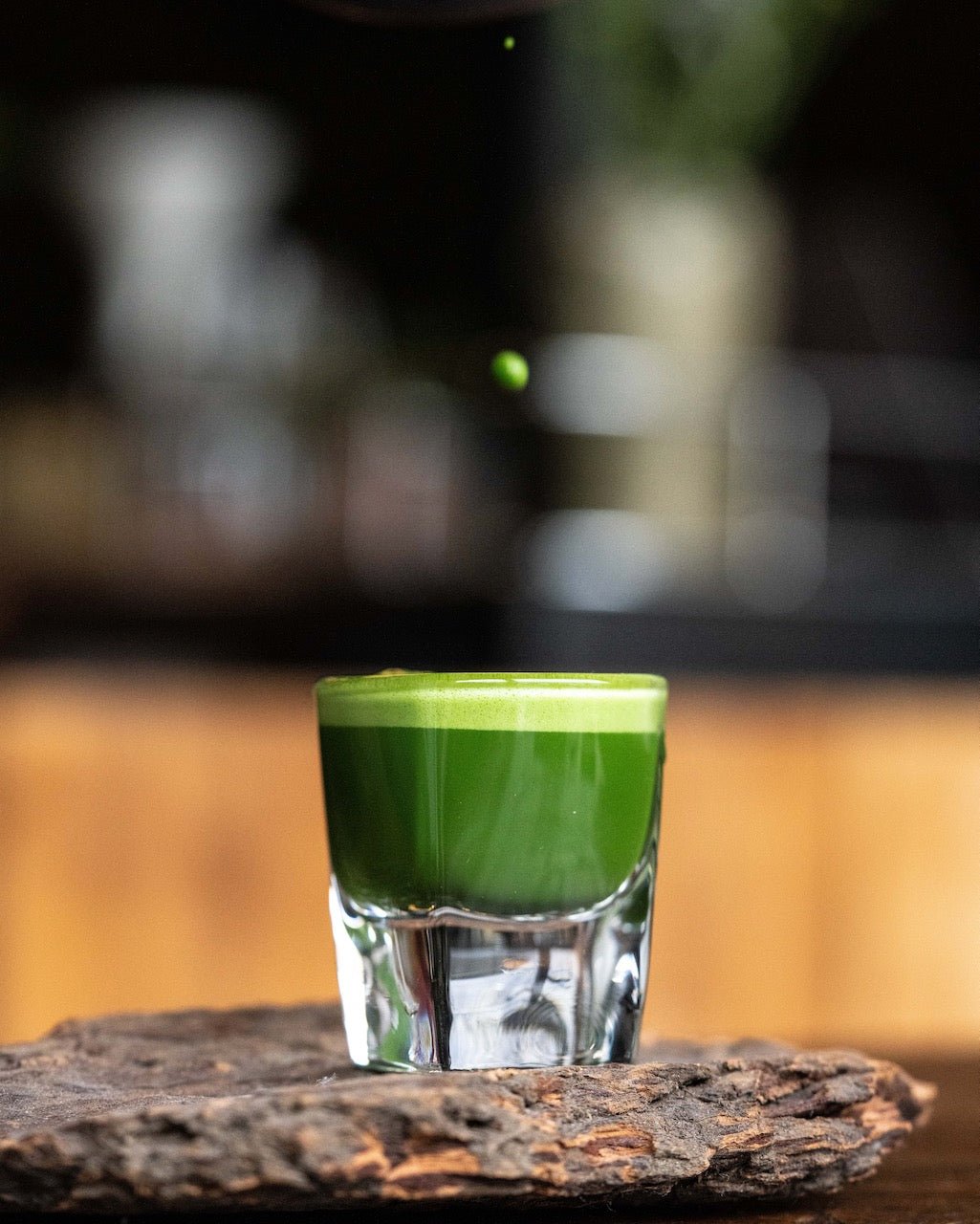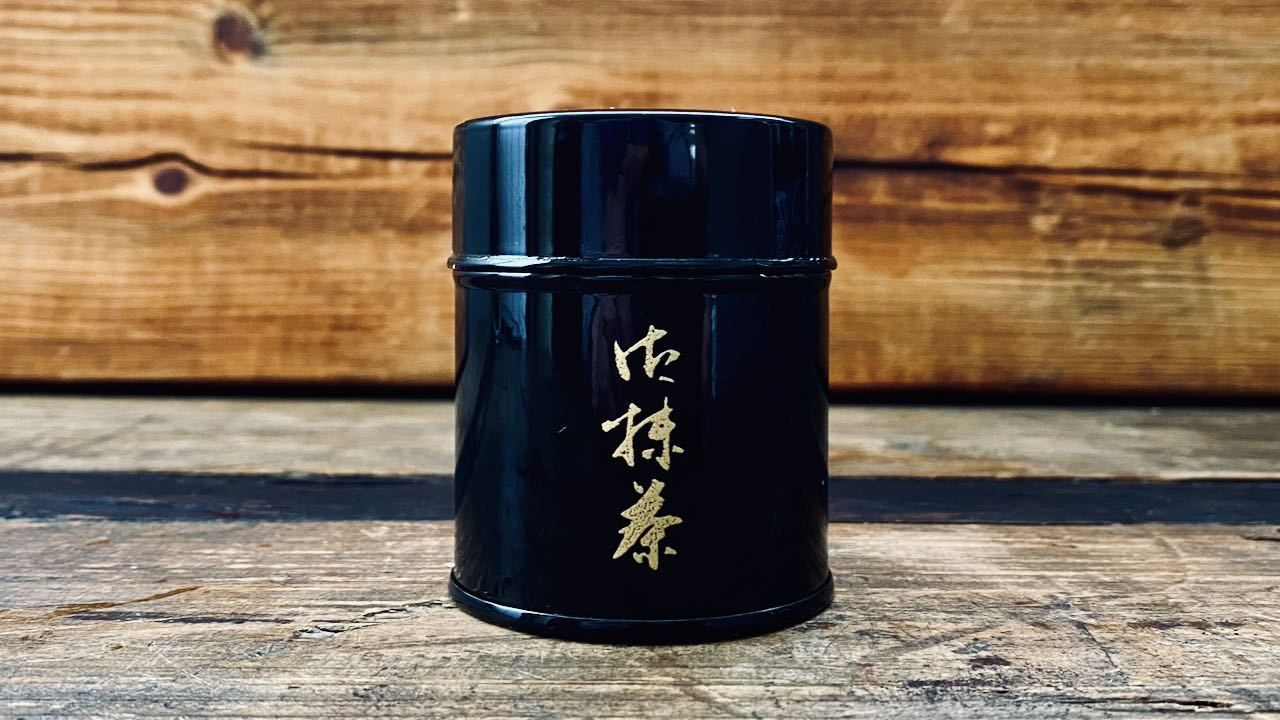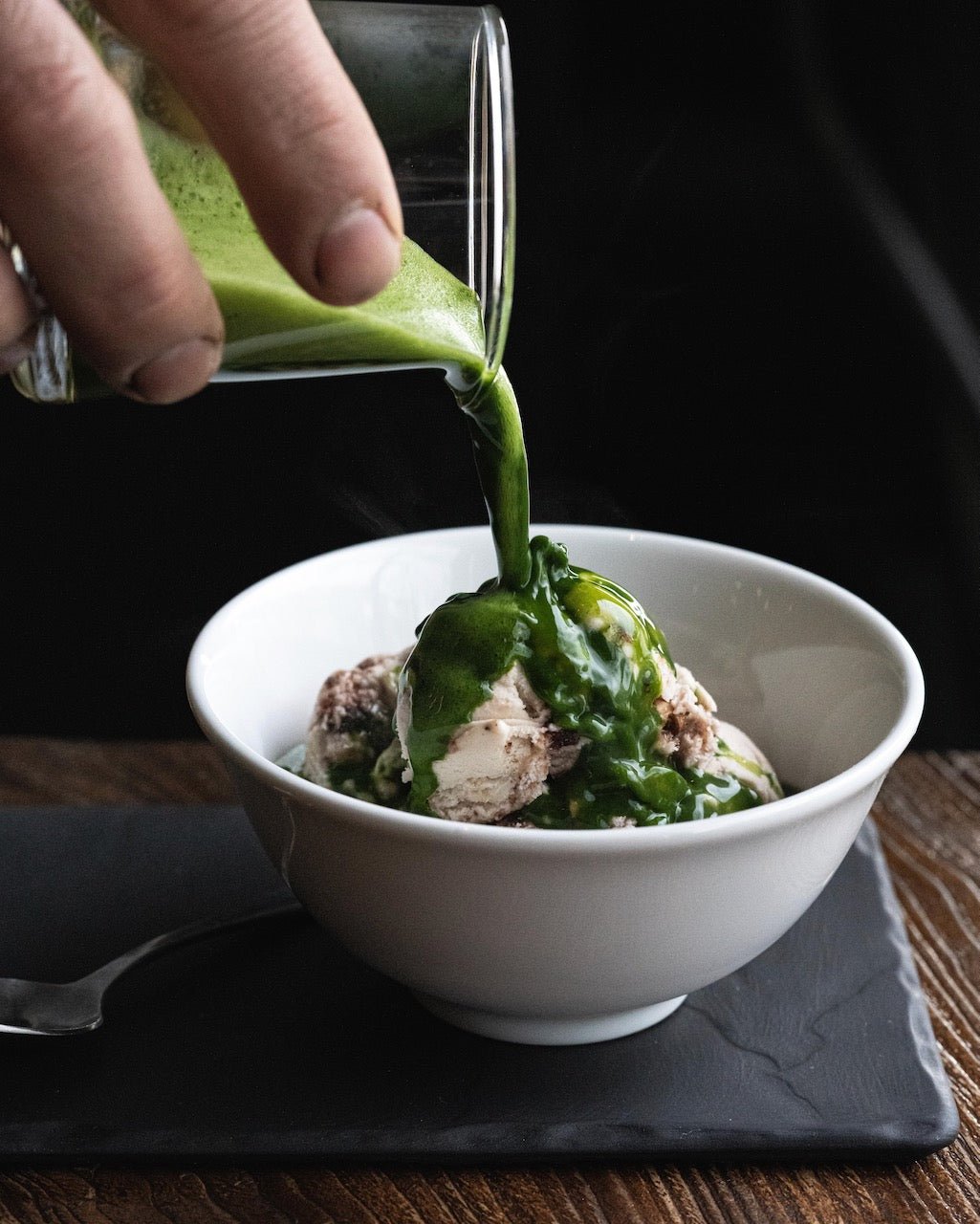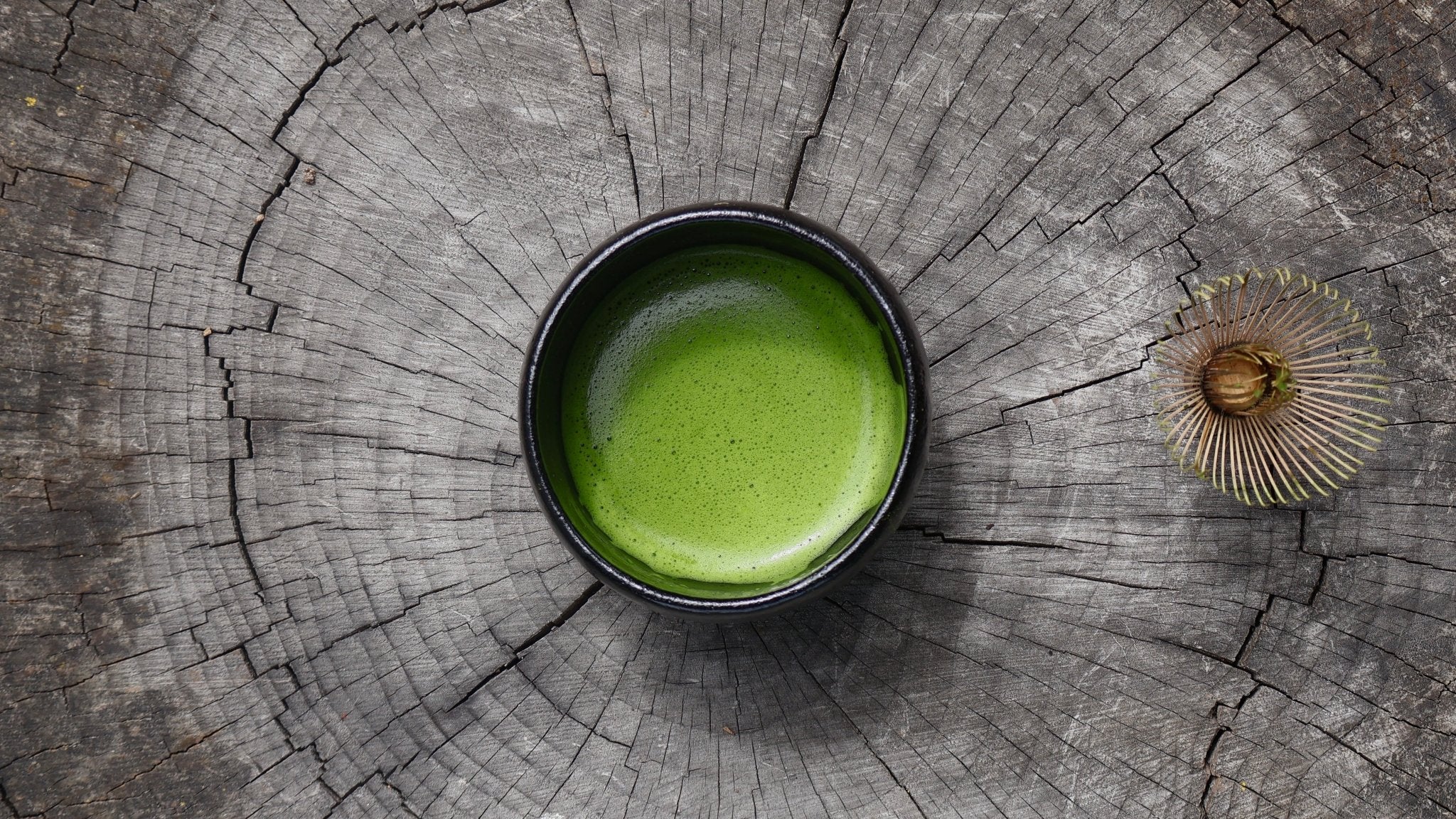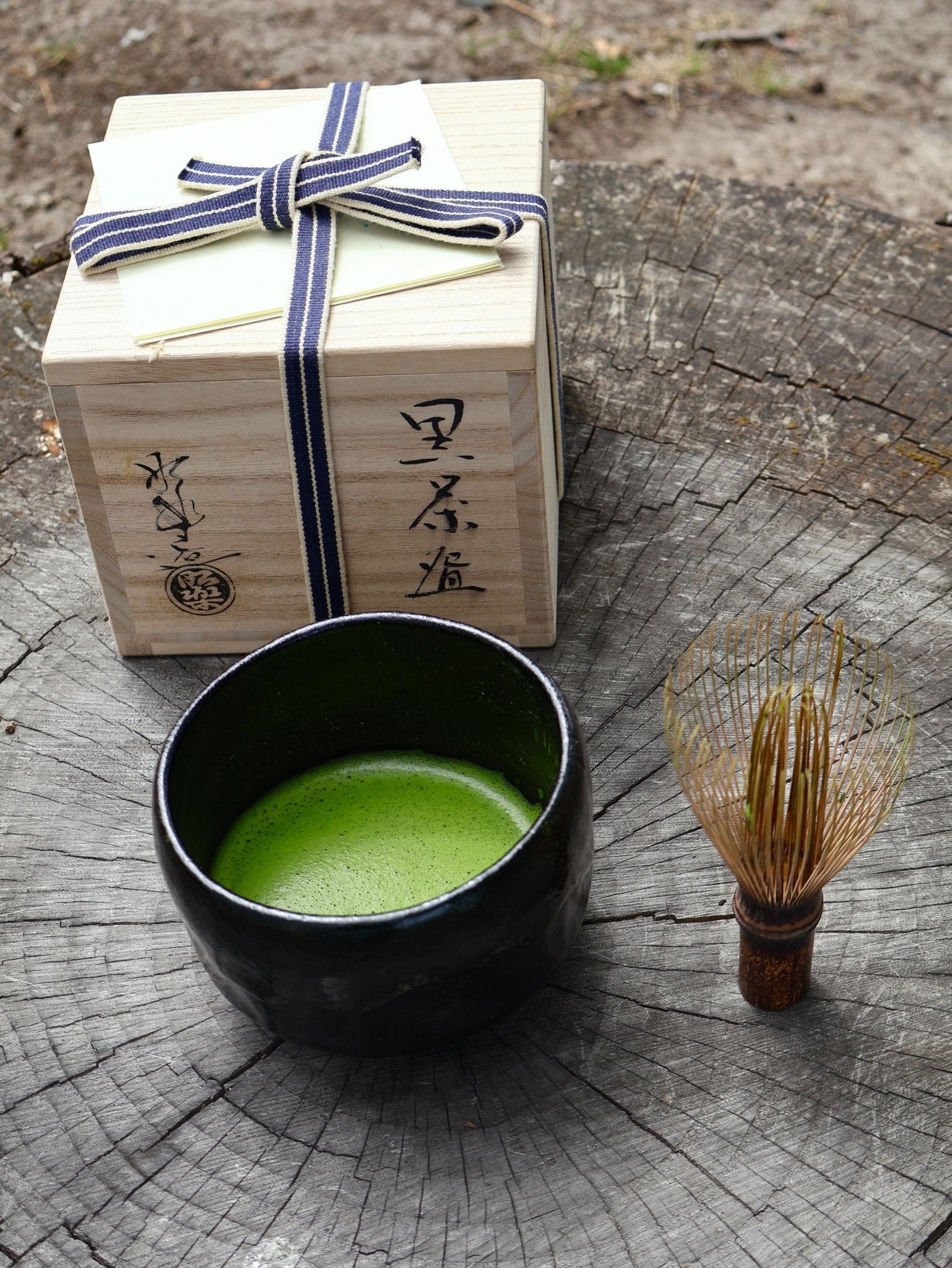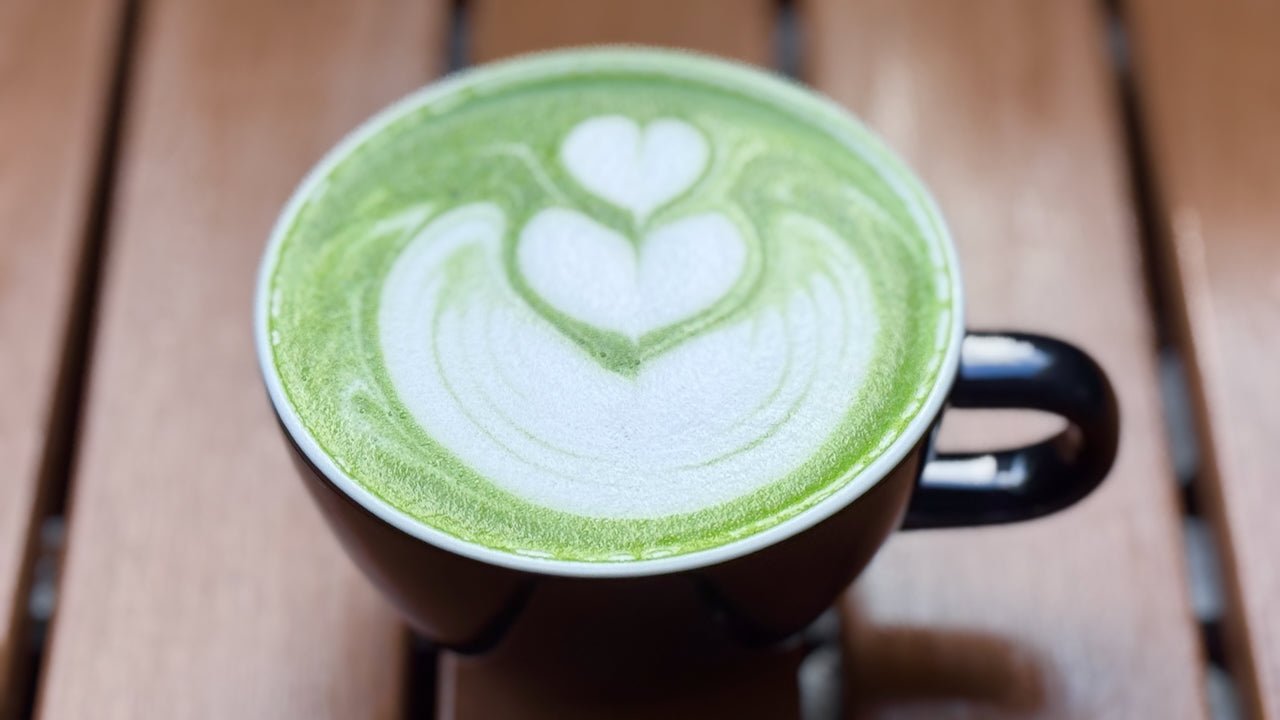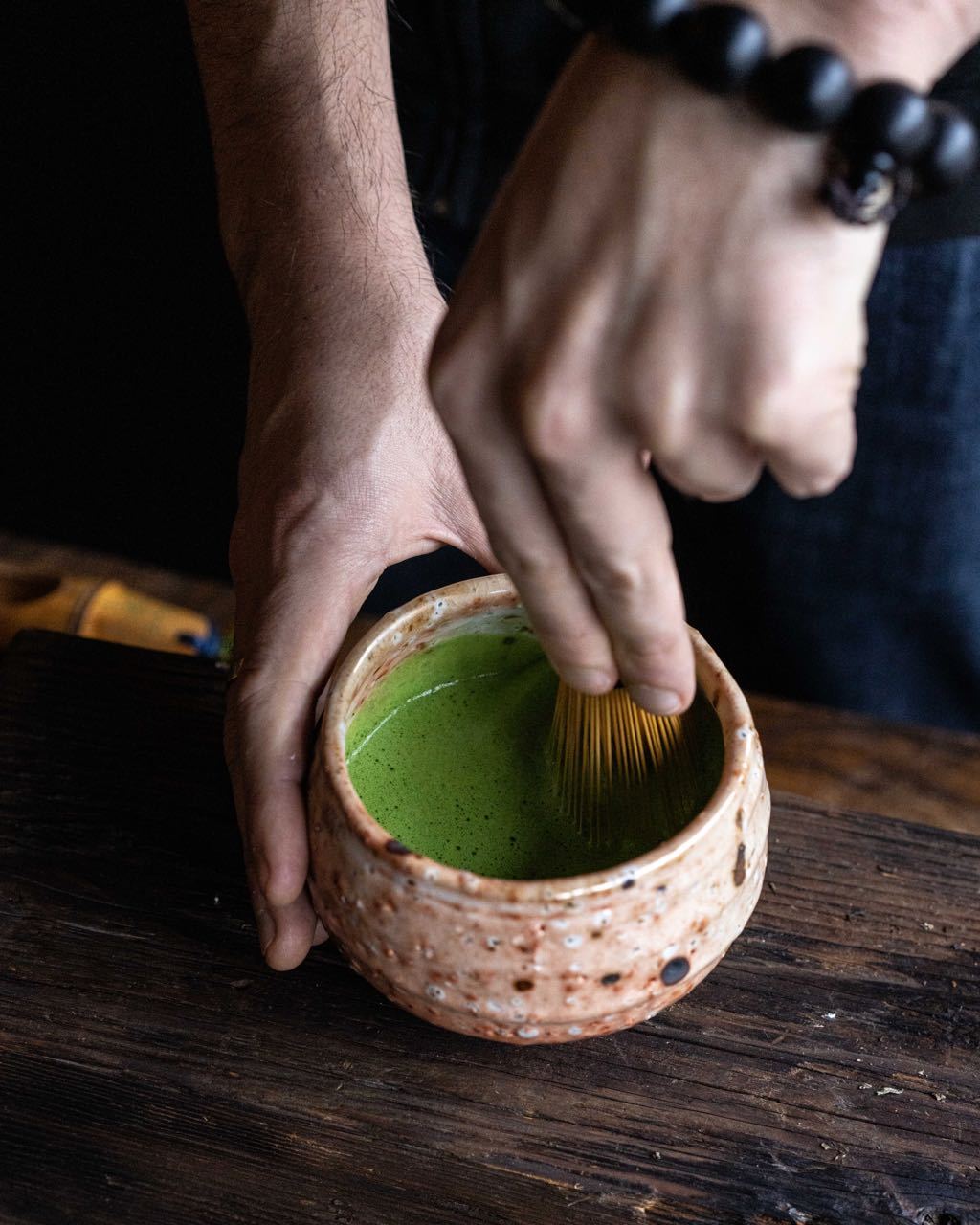
MATCHA AND TEA 'CEREMONY'
Matcha is Green Tea, a Wonderful Thing to have Near You!
Matcha (sometimes transliterated as ‘maccha’) is green tea (i.e. an unoxidized Camellia Sinensis leaf), micro-milled into a very fine powder. It is also the ‘core’ of the Japanese tea ceremony (more on that later).
To be even more specific: it is shade grown, de-stemmed, de-veined, steamed green tea flakes micro-milled into a delicious powder.
What does ‘MATCHA’ (抹茶) mean?
The first character, 抹 (mǒ in Chinese and ‘mat’ or ‘mac’ in Japanese) can be translated as wiping, rubbing or scrubbing. When talking about this type of tea, we should probably translate it as ‘whisking’. The second character, 茶, means ‘tea’.

OKUMIDORI MATCHA | Daily Ceremony, Osada
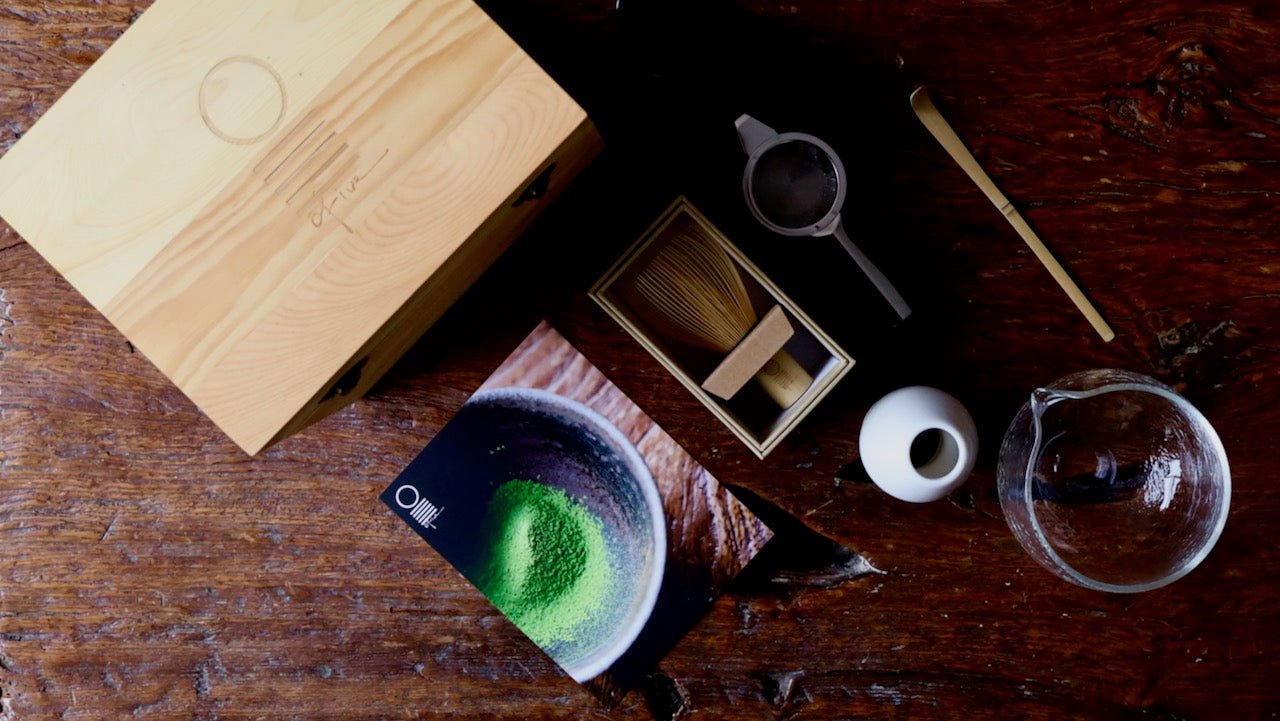

MATCHA LOVE | STARTER'S KIT
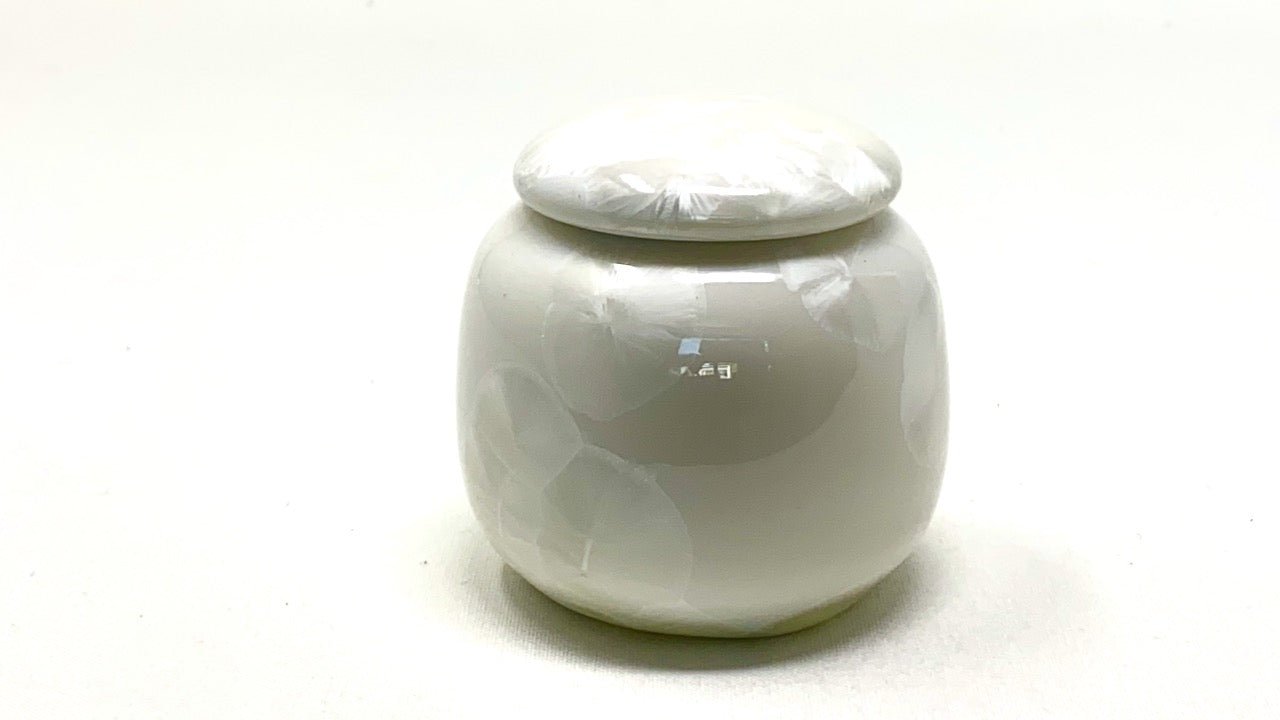

CERAMIC CONTAINER FOR MATCHA (OR RYOKUCHA)


SHINYU 24 MATCHA | Okumidori + Yabukita

